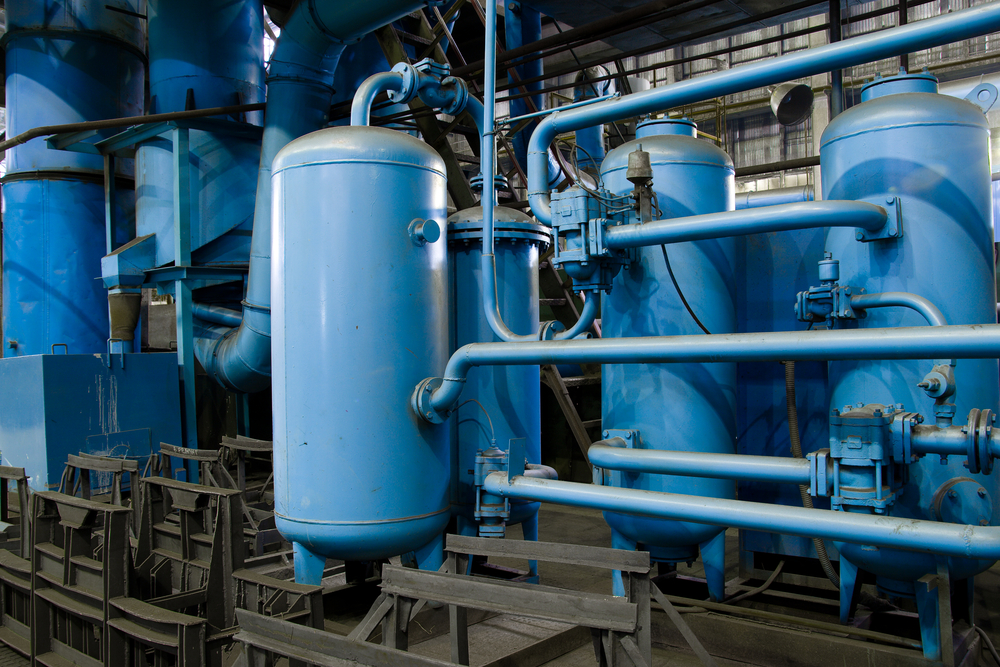They are making several good annotation on the subject of 4 Ways to Troubleshoot Low Water Pressure overall in this article down below.

Low tide pressure in your house can be an aggravating trouble, affecting everything from showering to cleaning dishes. If you're experiencing weak water circulation, there are several feasible reasons and remedies to explore. In this overview, we'll talk about usual reasons for low water stress and useful actions to address the problem properly.
Introduction to Low Tide Stress
Low water stress takes place when the flow of water from your faucets, showers, and various other components is weak than common. This can make everyday tasks extra challenging and less effective. Recognizing the causes of low water stress is essential to discovering the appropriate solution.
Typical Root Causes Of Low Tide Stress
Faulty Stress Regulators
Stress regulatory authorities are responsible for maintaining constant water pressure in your house. If they malfunction, it can cause low tide stress or irregular circulation throughout your house.
Community Water System Issues
Sometimes, the problem lies outside your home. Community water system concerns, such as main line leakages or upkeep work, can briefly decrease water pressure in your location.
Pipe Obstructions
With time, pipes can end up being blocked with mineral deposits, sediment, or debris, restricting the circulation of water. This is a typical concern in older homes with galvanized steel pipelines.
Deterioration
Deterioration within pipelines can bring about leakages and decreased water pressure. Rust buildup can constrict water circulation, specifically in maturing plumbing systems.
Exactly How to Identify Low Water Pressure
Examining Pipes
Inspect noticeable pipelines for indications of leaks, corrosion, or clogs. Take notice of any uncommon noises, such as banging or rattling pipes, which can suggest problems within the plumbing system.
Consulting with a Plumber
If you're unable to determine the cause of low tide stress, consider hiring a specialist plumber to carry out an extensive evaluation. They can identify underlying concerns and advise suitable solutions.
Examining Faucets and Components
Begin by evaluating the water stress at different taps and fixtures throughout your home. If the concern is isolated to specific locations, it may show localized troubles.
DIY Solutions to Repair Low Tide Pressure
Flushing Hot Water Heater
Sediment build-up in the water heater can limit flow and minimize efficiency. Purging the storage tank periodically assists get rid of sediment and keep optimal efficiency.
Checking Pressure Regulator
Make sure that the pressure regulator is operating correctly. Changing or changing the regulator can assist recover appropriate water pressure throughout your home.
Cleaning Up Aerators and Showerheads
Natural resources can accumulate in aerators and showerheads, minimizing water circulation. Remove and clean up these parts on a regular basis to improve water pressure.
Cleaning Clogs in Piping
For minor blockages, attempt making use of a plumbing snake or chemical drain cleaner to clear blockages in pipes. Be cautious when making use of chemicals and follow safety guidelines.
When to Call a Professional Plumber
If do it yourself efforts fail to settle the problem or if you think considerable plumbing issues, it's ideal to look for assistance from a qualified plumber. They have the expertise and devices to resolve complicated problems safely and efficiently.
Preventive Measures to Maintain Water Pressure
Mounting a Pressure Booster
Think about installing a pressure booster pump to enhance water pressure in areas with regularly low circulation. This can be specifically beneficial for multi-story homes or homes with high-demand fixtures.
Tracking Water Usage
Be mindful of water usage habits and stay clear of overtaxing the plumbing system. Simple changes, such as staggering showers and washing lots, can assist preserve sufficient water pressure.
Regular Maintenance
Set up regular upkeep for your plumbing system to avoid issues such as corrosion, leakages, and blockages. Dealing with minor problems early can help stay clear of even more significant repairs later.
Verdict
Handling low water stress can be irritating, however determining the underlying reasons and carrying out proper solutions can recover ideal flow throughout your home. Whether it's cleansing aerators, evaluating pipes, or speaking with a plumber, taking aggressive steps can ensure a constant supply of water for your everyday demands.
FOUR WAYS TO FIX LOW WATER PRESSURE NOW
Turning on a shower or faucet only to find the water comes out in a sad, slow drizzle is never a good feeling. How exactly are you supposed to wash a pan or take a quick shower when it takes 10 minutes just to rinse off a little soap? The good news is that when your water pressure is bad, there's always a cause: typically one that can be easily fixed. Here are some of the most common causes of low pressure and what you can do to fix the issue:
DEBRIS AND MINERAL DEPOSIT BUILDUPS
If you notice low water pressure from just one or two of the fixtures in your house, the problem likely has to do with debris buildup. Water is full of minerals and other debris, all of which can accumulate in your pipes and on your fixtures. This can cause a blockage that affects how much water flows through. To fix this, try filling a small plastic bag with white vinegar, and use a rubber band to hang it around your showerhead or faucet. Let the head of the fixture soak for a few hours, and the vinegar should loosen the deposits.
WATER LEAKS
Leaks are another common cause of low water pressure. If water is flowing out of your plumbing through a hole or crack before it can reach your fixture, the pressure coming out of the faucet or showerhead will be lower. A plumbing professional is your best bet for finding and repairing a leak in your water supply pipes.
Leaks are another common cause of low water pressure. If water is flowing out of your plumbing through a hole or crack before it can reach your fixture, the pressure coming out of the faucet or showerhead will be lower. A plumbing professional is your best bet for finding and repairing a leak in your water supply pipes.
A VALVE ISSUE
If you have low water pressure throughout your home, check your main shut-off valve to make sure it's completely open. You may also want to see if there's a pressure-reducing valve installed. If there is, have a plumber help you adjust the settings to get the pressure you're looking for.
OTHERS USING WATER
Believe it or not, your low water pressure could be caused by your neighbors. If you notice low pressure at certain times of day, it may be because you and the people living next to you have similar schedules - when everyone is showering at the same time, the pressure will be lower in every home. Low pressure throughout the neighborhood may also be caused by an issue with your municipal water supply. If that's the case, call the supplier to see if they're working on the issue.
https://www.rotorooter.com/blog/water-leaking/low-water-pressure-fixes/

Do you enjoy reading up on Dealing with Low Water Pressure in Your Home? Try to leave feedback directly below. We will be pleased to listen to your insights about this posting. In hopes that you visit us again soon. Are you aware of another person who is looking into the topic? Do not hesitate to share it. Thanks so much for going through it.
Call